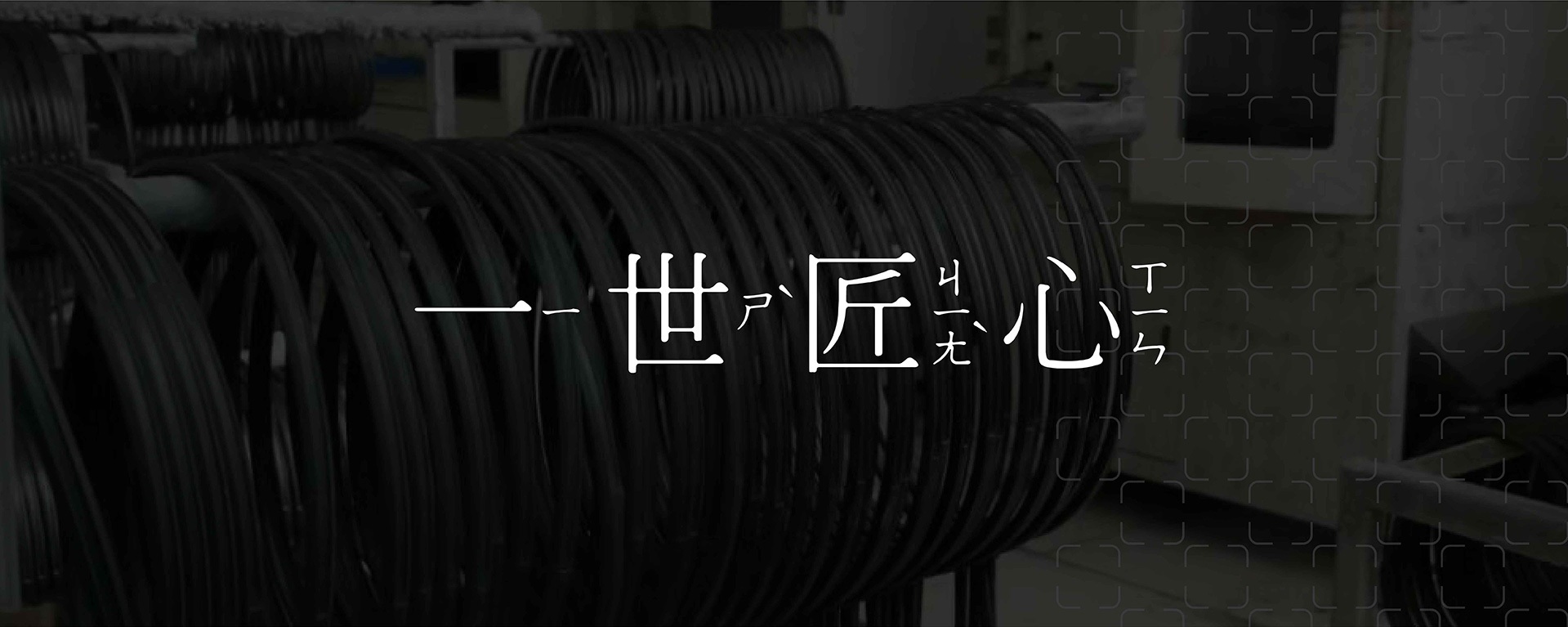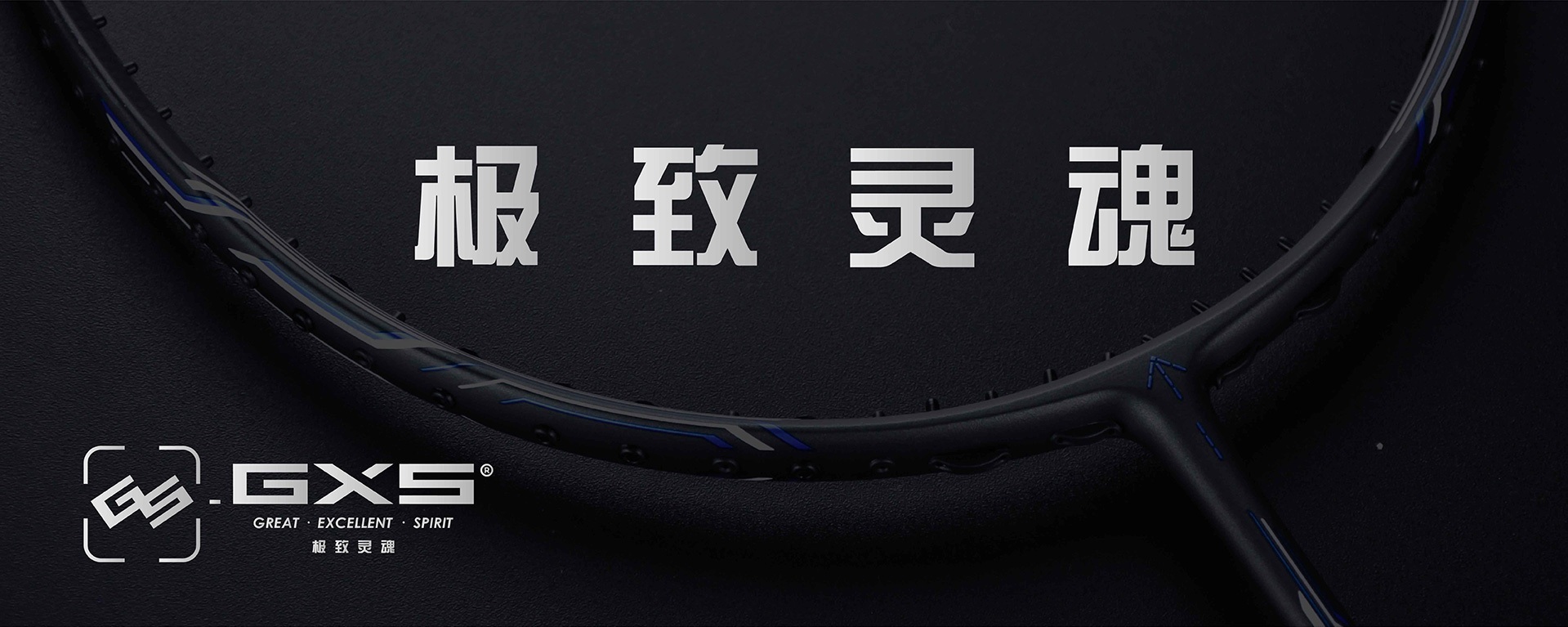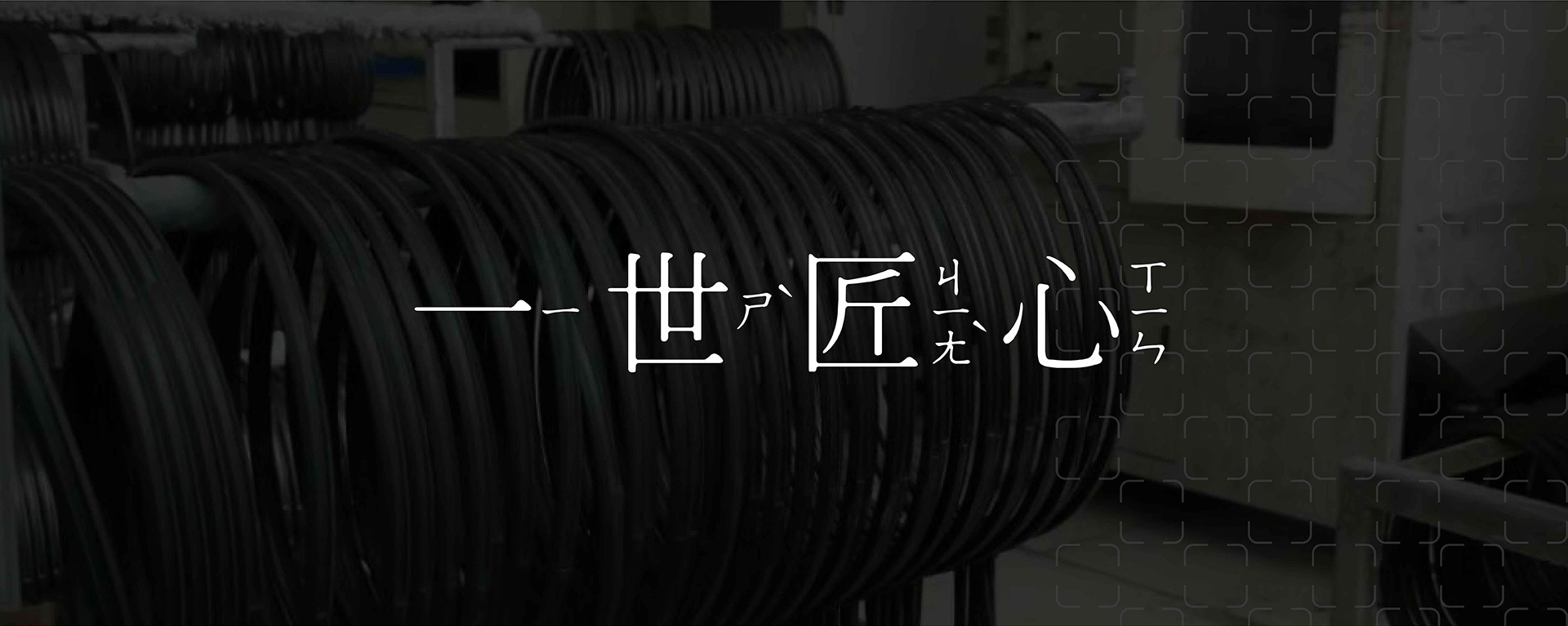18900329359
Core materials and manufacturing processes
Modern badminton rackets are primarily made of carbon fiber composite materials, with the number of carbon cloth layers typically ranging from 24 to 36, and a carbon fiber content of over 70% (according to the GB/T 26752-2020 standard). The frame is produced using high-pressure molding technology, with the molding pressure controlled at 120-150 MPa and the temperature maintained at 135±5℃ to ensure uniform resin curing. The string hole design follows aerodynamic principles, with a single string hole diameter of 2.8mm and a double string hole spacing controlled within the standard range of 0.5mm, effectively reducing the wind resistance coefficient during hitting.
The manufacturing process of the central tube (clapbar) employs a secondary molding technique. Initially, the carbon fiber prepreg is wound into a tubular shape using a roll-forming machine, followed by treatment in a 180°C high-temperature furnace. According to a laboratory test, a compliant central tube exhibits a deformation of 3-5mm under a tensile force of 30 pounds, with a rebound speed capable of restoring its original shape within 0.8 seconds.
Analysis of key performance parameters
Weight grading system
U-value system: International System of Units. 3U (85-89g) is suitable for offensive players, while 5U (75-79g) is suitable for rapid transition between offense and defense
Balance point: 285mm is considered balanced, while those above 295mm are considered top-heavy, and those below 275mm are considered top-light (actual measurement data from a certain brand)
Elasticity index
Medium tube hardness: Graded as S (hard) and F (soft), when the difference in hardness values reaches 15%, the difference in ball striking force transmission efficiency is 22%
Racket frame torsional rigidity: Products that meet the standard exhibit a deformation angle of ≤3° under a torque of 30kg·cm, while inferior products can exceed 8°
Wire bed parameters
String tension: Professional players commonly use 28-32 pounds, while amateurs are advised to use 22-26 pounds (tension testing standard)
Wire diameter selection: The usage ratio of 0.68mm wire diameter (durable type) to 0.62mm wire diameter (high elasticity type) is 7:3
Scientific purchase decision tree
Step 1: Horizontal positioning
Beginners: Choose a racket with a weight of 5U, a balance point of 280-285mm, and a mid-shaft hardness of F level
Advanced player: 3U weight, balance point of 290mm+, medium shaft hardness S-level offensive racket
Step 2: Technical adaptation
Primarily focused on smash shots: head-heavy (balance point ≥ 295mm) + high-elasticity string bed (0.62mm string diameter)
Net front control: light head (balance point ≤275mm) + durable string bed (0.68mm string diameter)
Step 3: Environmental adaptation
High altitude areas: It is recommended to reduce the stringing tension by 2 pounds (due to the influence of air density)
Humid environment: Choose a carbon fiber frame that has undergone moisture-proof treatment (water absorption rate ≤0.3%)
Maintenance and Lifespan Management
Thread insertion cycle: It is recommended to re-insert the thread every 30 hours of use, and replacement is recommended when the poundage attenuation exceeds 15%
Temperature control: Maintain the storage environment temperature at 15-25℃ to avoid resin aging caused by exposure to sunlight
Collision protection: Using a dedicated racket cover, with a frame edge thickness of ≥1.2mm, can effectively resist deformation from collisions
Through scientific parameter matching and standardized maintenance, the service life of the racket can be extended to over 2 years, and the accuracy of hitting the ball can be improved by 40%.
Technology support:XIAMEN 12t NETWORK TECHNOLOGY CO., LTD. Information support:Southeast business opportunity network
Minicp No. 20000041-1




